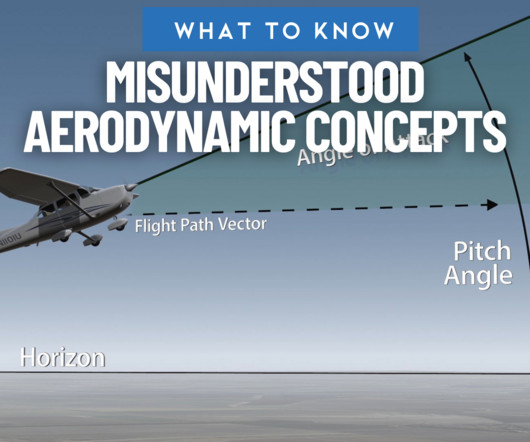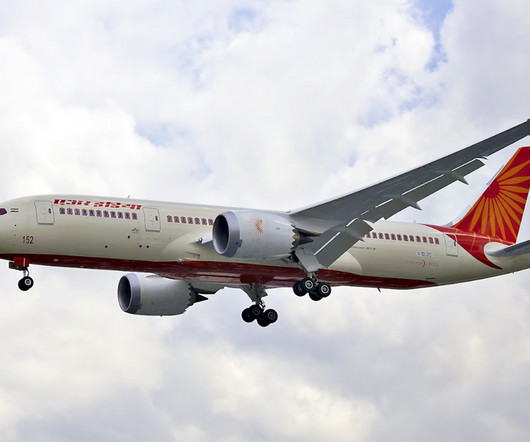5 Most Common Aircraft Flap Types (Explained by a CFI)
Northstar VFR
MAY 26, 2025
When flaps extend, they increase the camber (curvature) of the wing, which boosts the amount of lift the wing generates. By increasing the camber (curvature) of the wing, it produces more liftat the cost of additional drag. How Do Flaps Work? Some flap types also increase the surface area of the wing.















Let's personalize your content